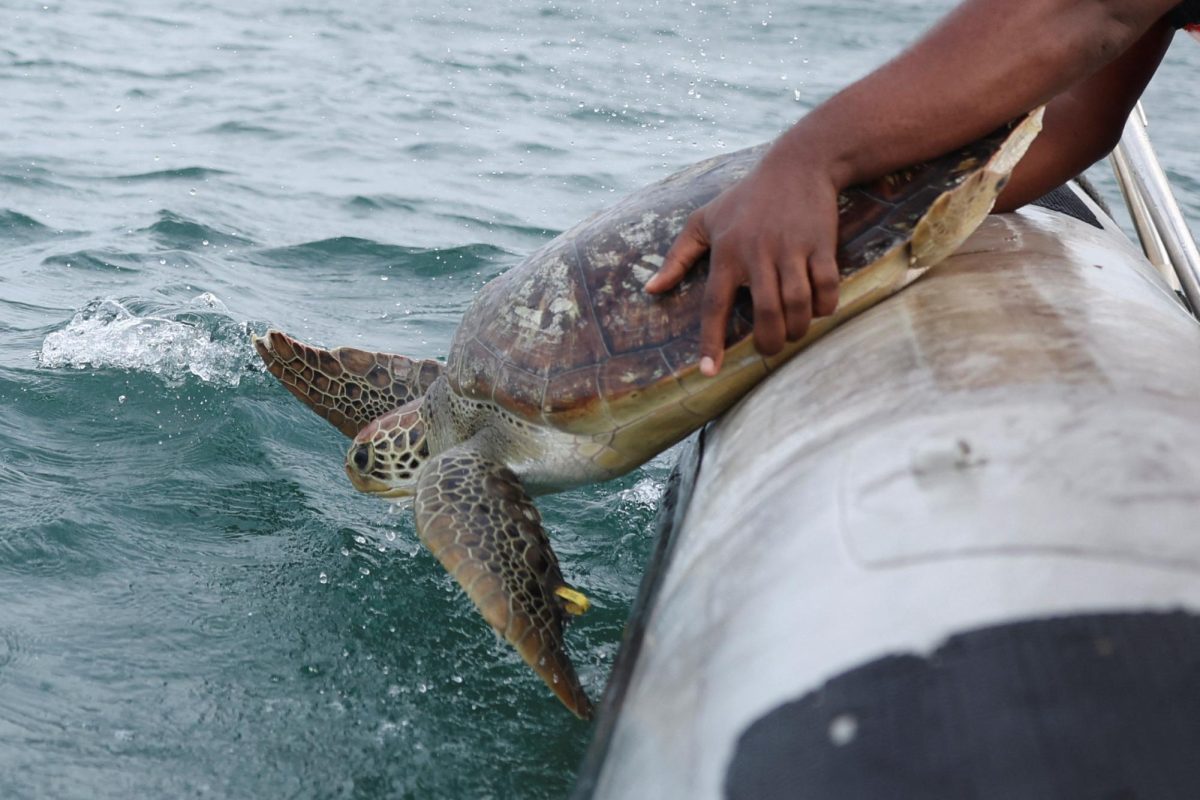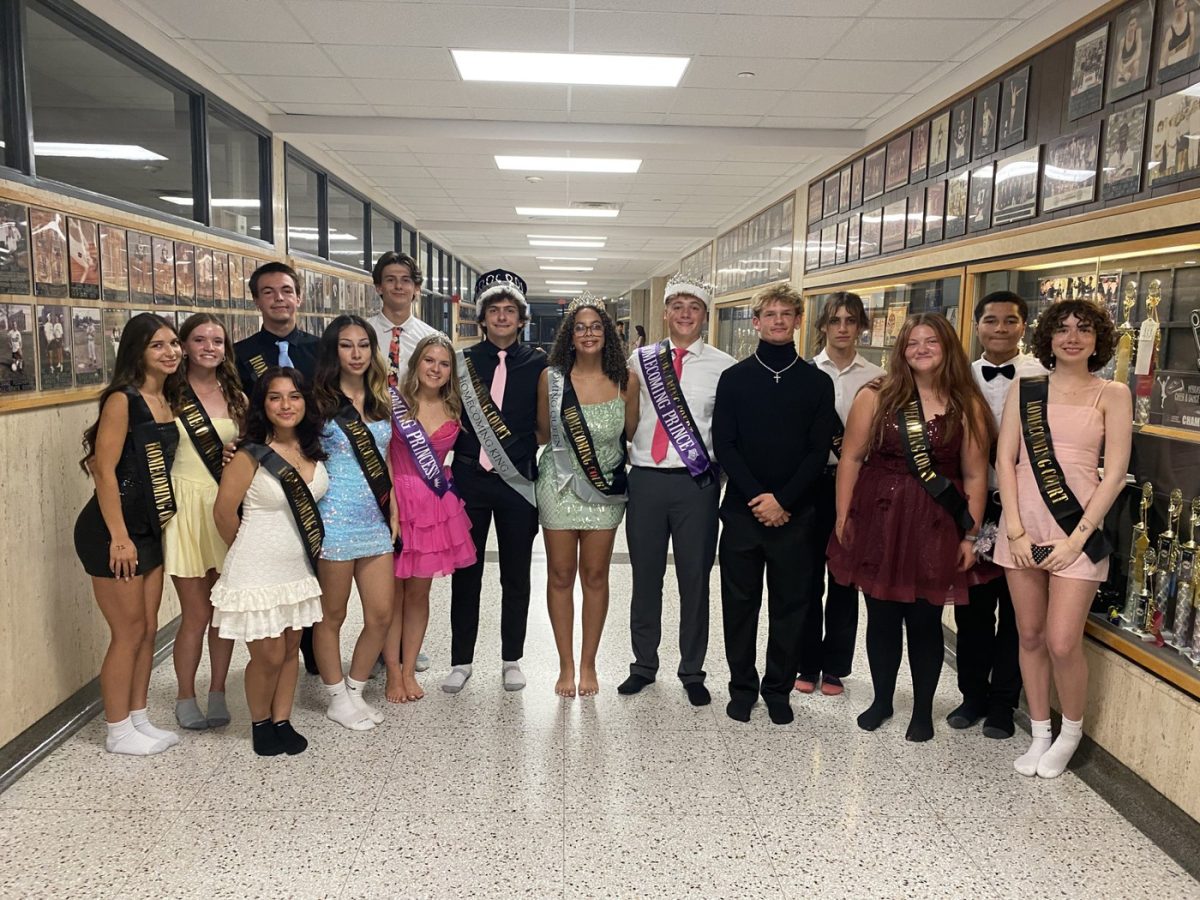By 2050, it is estimated by multiple sources including WWF that there will be more plastic in the ocean then fish in the ocean in weight. 11 million metric tons of plastic enters the ocean yearly which is supposed to double. There is no set number on how much pollution is in the oceans as of now, but there are millions of tons of plastics going into marine environments yearly. Marine Debris manufactured or processed materials disposed into the oceans, also one of the most persistent pollution problems for marine environments and life. Examples of the more commonly seen marine debris would be micro plastics and fishing gear. “We take a look at pollution in the atmosphere. The increase in carbon dioxide is causing an increase in atmospheric temperature, which is then, in turn, an increase in the temperature of the ocean. As the temperature of the ocean increases, we have movement of creatures, and the whole food web starts to fall because life can’t live in waters that are outside of Arizona tolerance. We see a lot of animals and creatures having to relocate.If they’re unable to relocate, then they can actually die out.” Mrs. Lane said, a marine biology teacher at Burke.
How do these things change marine environments and life? Not only does the pollution harm marine life, but it also causes a depletion of oxygen in the ocean. The depletion of oxygen can hurt animals like dolphins, whales, and sharks. “With the increase in temperature and the increases of the acidity level, it then starts to create an environment where organisms can’t survive within that zone of tolerance. As far as having to acidic of a location.” Said Lane.
Then there’s Ocean Acidification. Considering the increase in carbon dioxide in the ocean, it throws off the PH levels which changes the chemistry of the ocean. This can harm environments in the ocean, where we not only get resources, but also where countless marine creatures live.
An example of one species already endangered due to the pollution in the ocean is the Hawaiian monk seal, information gathered by the NOAA shows that these seals have the highest documented entanglement numbers of any other seals. As well as the number of marine debris and abandoned fishing gear interrupting their habitat. As of now there’s an estimated population of 1200, their population has been going down for almost 60 years. It has only gotten worse over the years as pollution increases. Although pollution is not the only reason for their rapidly dropping population, it has a significant impact.
Another species that is extremely endangered is the leatherback sea-turtle, affected by entanglement and ingestion of marine debris. Sea turtles often mistake plastics like plastic bags and other plastics as food, like jellyfish, then end up choking or getting stuck. Their population have decreased majorly since the 1950s, studies by the NOAA show that in the 1950’s, leatherback nests used to be very abundant at about 10,000 nests a year to a mere one or two nests a year since 2003. Which means their population has decreased about 40% over 3 generations.
Many ask, how is this really affecting us physically? The answer is that the microplastics in the sea creatures people eat could actually be harming their health. “Right now, they’re talking about how a lot of our micro plastics are ending up in the ocean and being ingested by fish, shrimp all the things that are in the ocean. Then we eat that so then what happens is, is it getting into our blood stream? Or not?” Mrs. Logeman said, the environmental science teacher at Burke.
Research done by the Texas disposal system shows that the small marine animals that ingest micro plastics and toxins are eaten by bigger fish, the ones humans often eat. Once these toxic things get into our tissue, it has been shown that it can cause long term health problems like cancer or birth defects.









